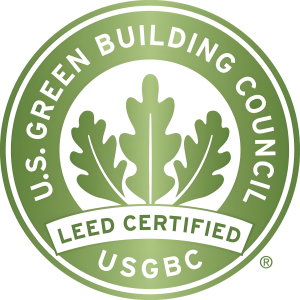LEED pilot credits affirm the value of triple bottom line analysis
Studies focusing on green buildings have consistently found value provided from the financial, social and environmental outcomes to owners, occupants and the community. USGBC recognizes this value in two LEED pilot credits awarded for triple bottom line analysis:
- Informing Design Using Triple Bottom Line Analysis
- Informing Design by Major Credit Category Using Triple Bottom Line Analysis
These credits require a triple bottom line–cost benefit analysis (TBL-CBA), an economic analysis that looks at the value of sustainability investments made to achieve various LEED credits. TBL-CBA can be done quickly and easy with software.
Why do a triple bottom line analysis?
Triple bottom line analyses provide more than just LEED points. Knowledge about the financial return on investment of your strategies can lead to more cost-effective decisions both on the current project and future ones. Seeing the benefits provided to building occupants from the money spent on better indoor environments helps owners and tenants understand the impact of the design team’s work. Also, quantifying the amount of carbon, particulate matter or nitrogen oxide that is not emitted to the atmosphere through better building practices demonstrates progress toward larger environmental and climate change goals.
Completing the analyses attached to these LEED pilot credits provides vital information to both design teams and owners on the value of investing in more sustainable projects. Plus, the data needed to create the results comes directly from the metrics already generated in the design process.
https://www.usgbc.org/articles/leed-pilot-credits-affirm-value-triple-bottom-line-analysis



